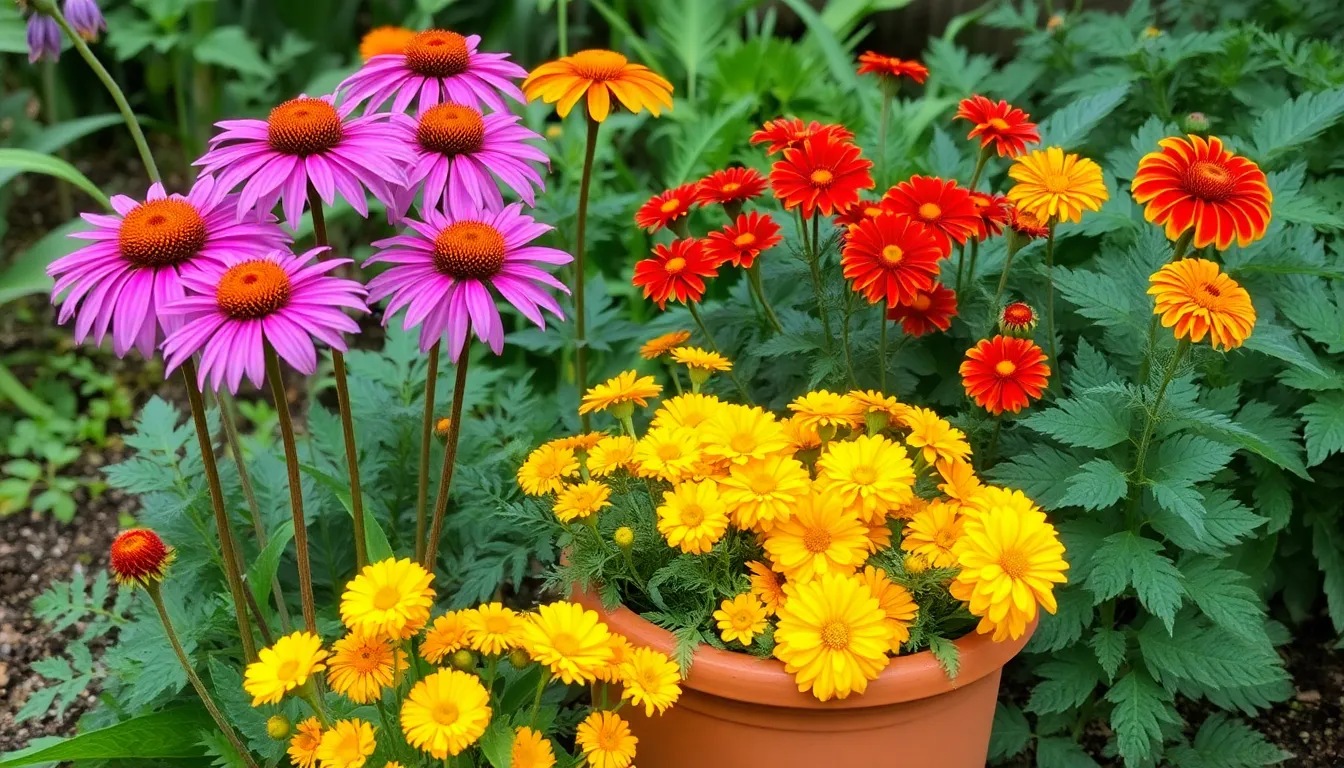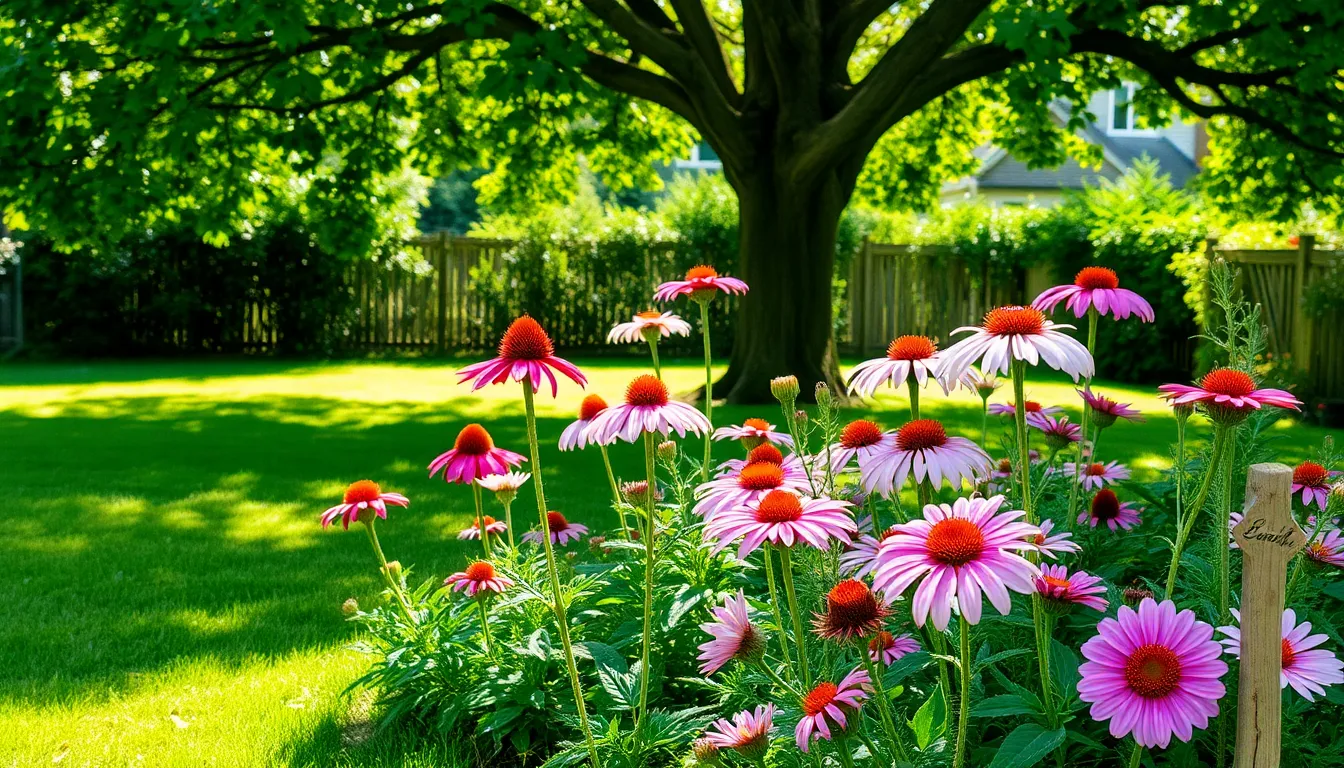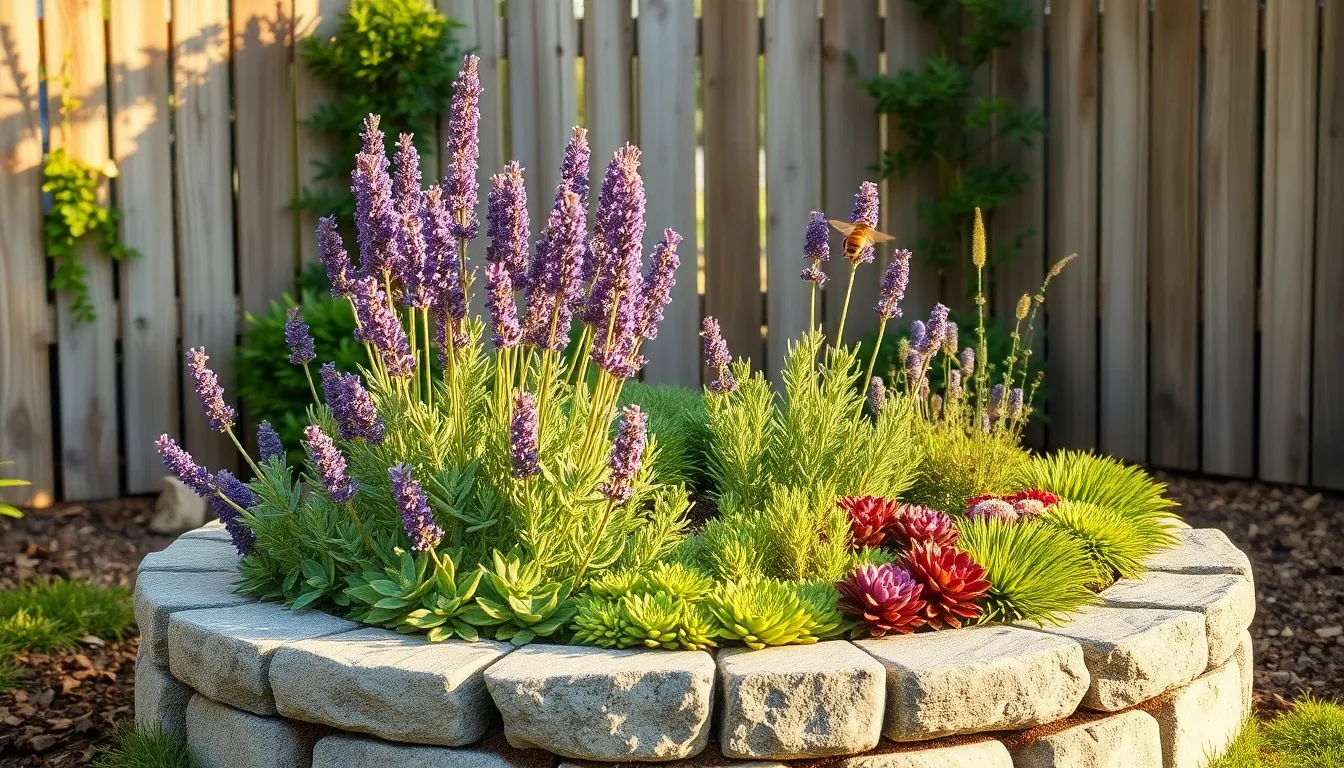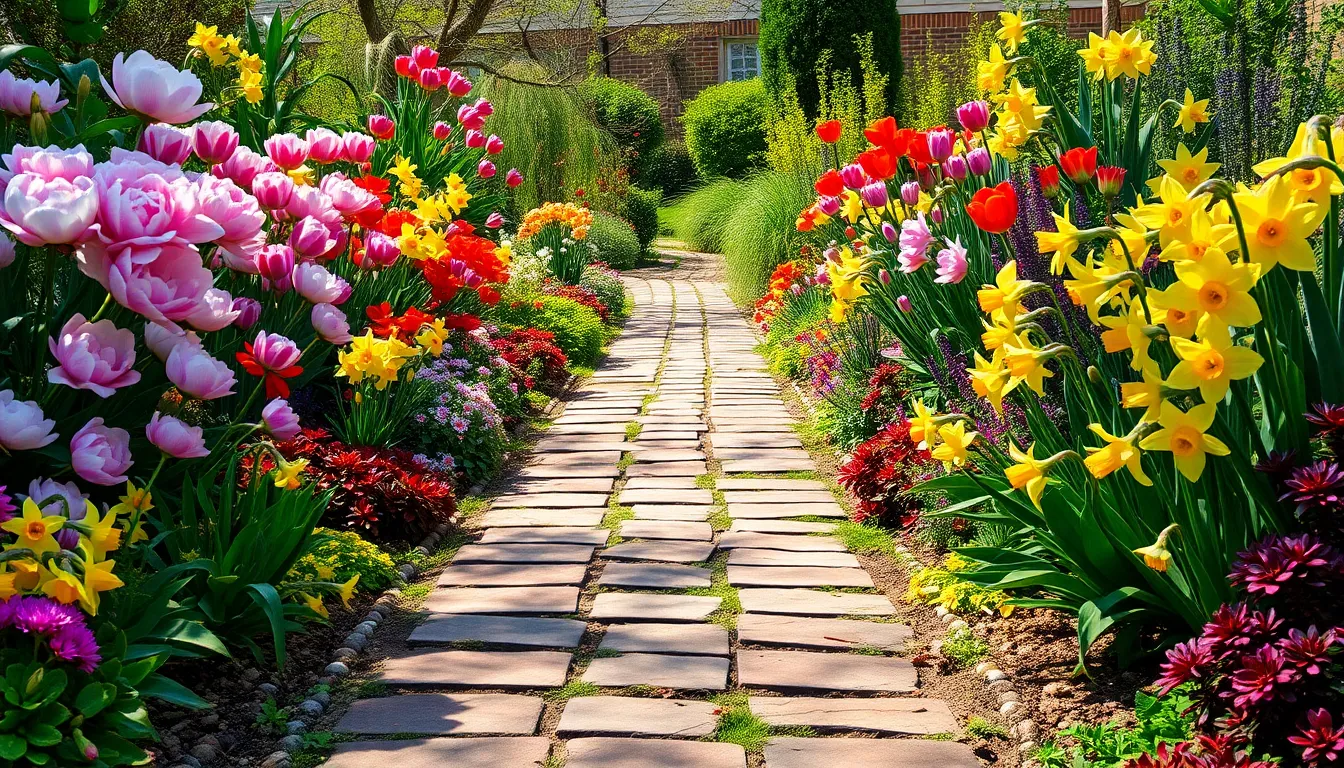Welcome to the delightful world of small garden blooms, where vibrant colors and lush textures can transform even the tiniest spaces into captivating havens. Whether you’re just starting your gardening journey or have a seasoned green thumb, there’s something magical about selecting flowers that are not only beautiful but also easy to care for. Small gardens present a unique opportunity to curate a personal oasis without the overwhelming commitment of larger landscapes. In this article, we’ll explore a variety of low-maintenance flowers that thrive in compact spaces, making gardening a joy rather than a chore.
Flowers that suit small gardens are the unsung heroes of the plant world, offering maximum impact with minimal fuss. We’ll guide you through a selection of resilient, easy-to-grow varieties that promise to deliver blooms throughout the seasons. From the sun-loving marigolds to the shade-adapted hostas, you’ll discover options that cater to different lighting conditions and personal styles. By the end of this article, you’ll feel equipped and inspired to cultivate your own little corner of paradise, rich with color and life.
Choosing Compact Flower Varieties
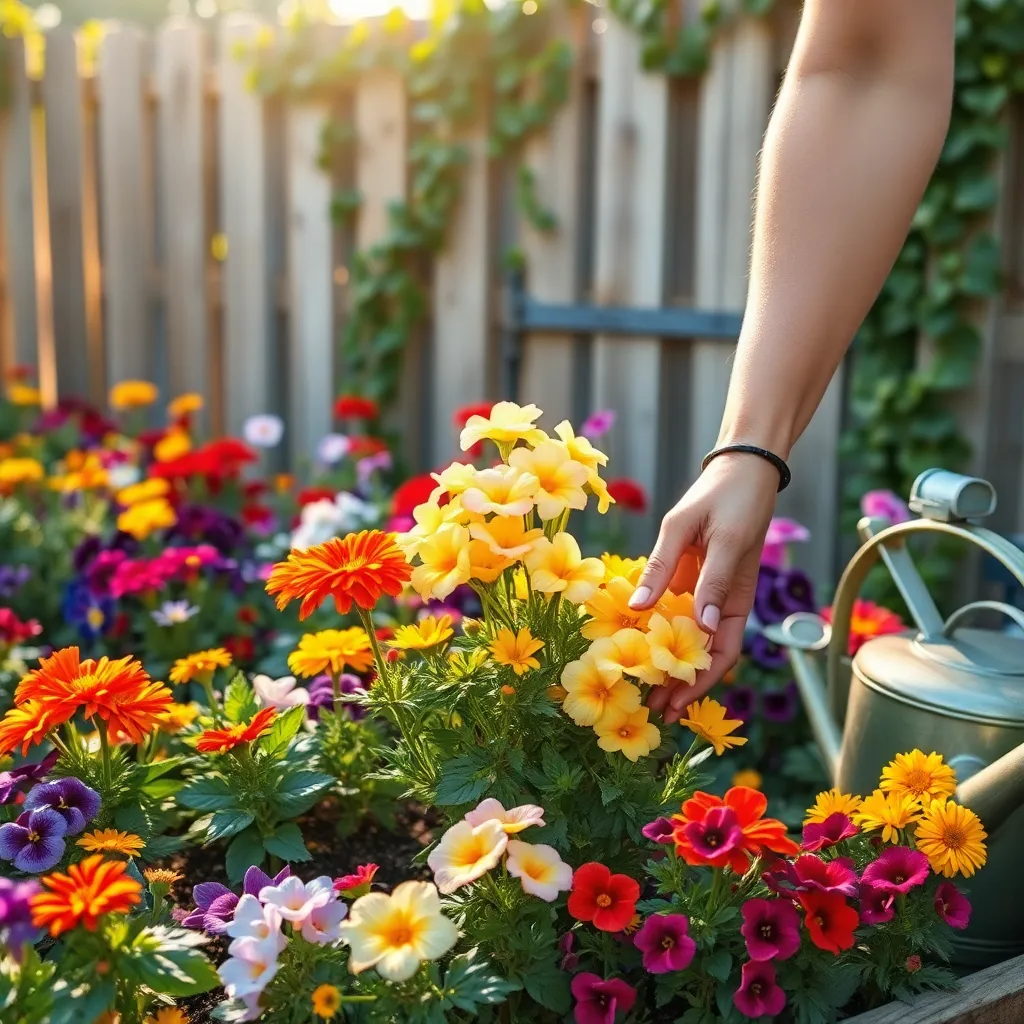
When space is limited, choosing compact flower varieties is a strategic way to maximize your garden’s potential. These varieties are specifically bred to thrive in smaller spaces, offering vibrant blooms without overwhelming your garden area.
Consider planting dwarf zinnias, which are not only compact but also drought-tolerant, making them perfect for busy gardeners. They thrive in well-drained soil and require full sun to produce their signature colorful blooms.
Another excellent choice is the miniature rose, which offers the classic beauty of roses in a smaller package. Ensure they are planted in rich, loamy soil and water them consistently to keep the soil moist but not waterlogged.
For those looking to add fragrance, the compact lavender varieties are an ideal choice. They need full sun and well-drained sandy soil, and a light pruning after blooming will help maintain their shape and encourage new growth.
To keep your compact flower varieties thriving, consider these additional tips:
- Place taller plants in the background to avoid shading smaller ones.
- Regularly deadhead spent blooms to encourage continuous flowering.
- Mulch around the plants to retain moisture and suppress weeds, especially in smaller spaces where every plant counts.
Low-Maintenance Bloomers for Beginners
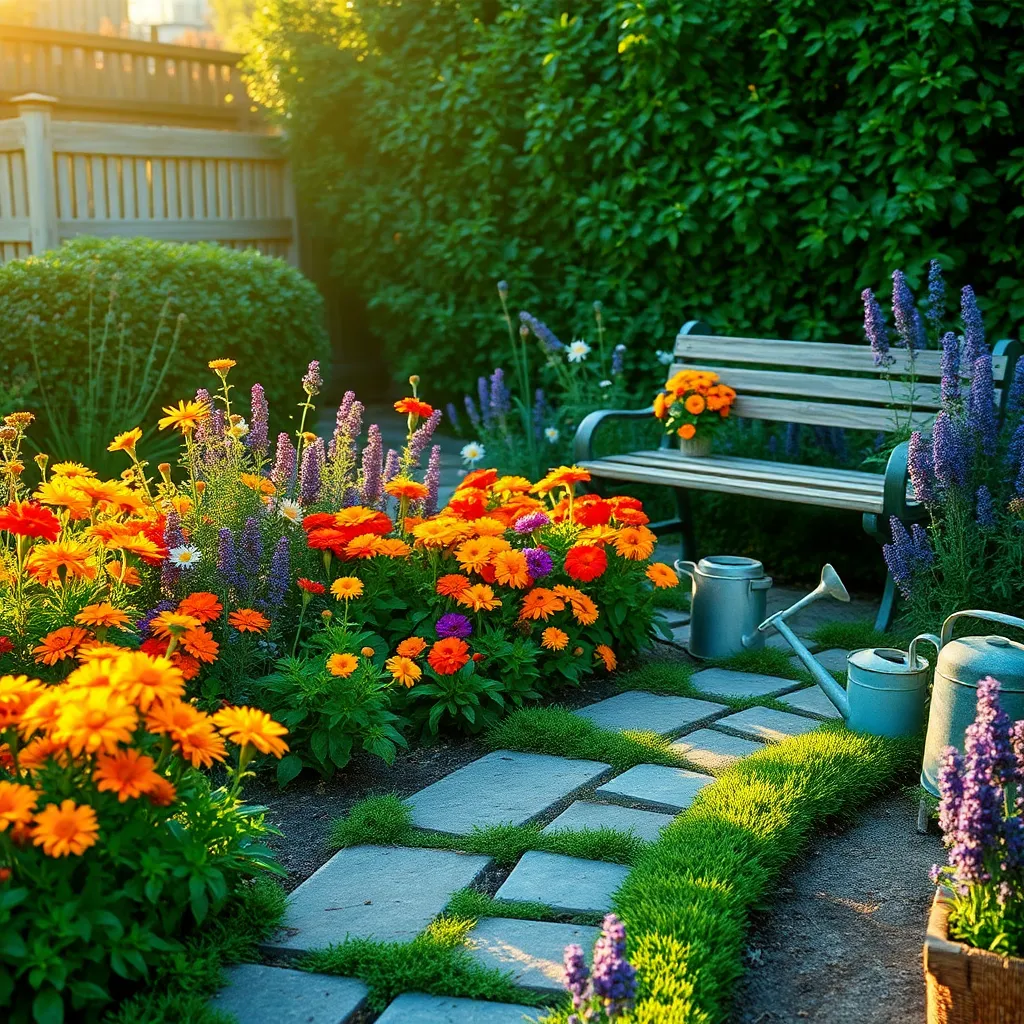
For beginner gardeners, selecting low-maintenance bloomers can make gardening both enjoyable and rewarding. Marigolds are an excellent choice, thriving in various climates and requiring minimal care. Plant them in well-drained soil and ensure they receive full sun for best results. Water these hardy plants once a week, allowing the soil to dry out between waterings.
Another fantastic option is the zinnia, known for its vibrant colors and long-lasting blooms. Zinnias prefer fertile, well-drained soil and should be planted in a sunny location. Deadheading spent flowers will encourage new blooms, making them a delightful addition to any small garden. For those starting out, zinnias can be grown from seeds directly sown in the garden once the risk of frost has passed.
Lavender not only adds beauty but also a soothing fragrance to your garden. It thrives in well-draining sandy or gravelly soil and requires minimal watering, making it perfect for beginners. Ensure lavender gets at least six hours of sunlight each day to flourish. Prune back the stems in early spring to maintain a compact shape and promote vigorous growth.
If you desire a splash of color with little effort, consider planting cosmos. These flowers are drought-tolerant and flourish in poor soil, making them ideal for novice gardeners. Sow seeds directly in the garden after the last frost, and you’ll enjoy blooms from summer to fall. Pinch back the stems occasionally to encourage bushier growth and more flowers.
Sunlight Needs for Small Spaces
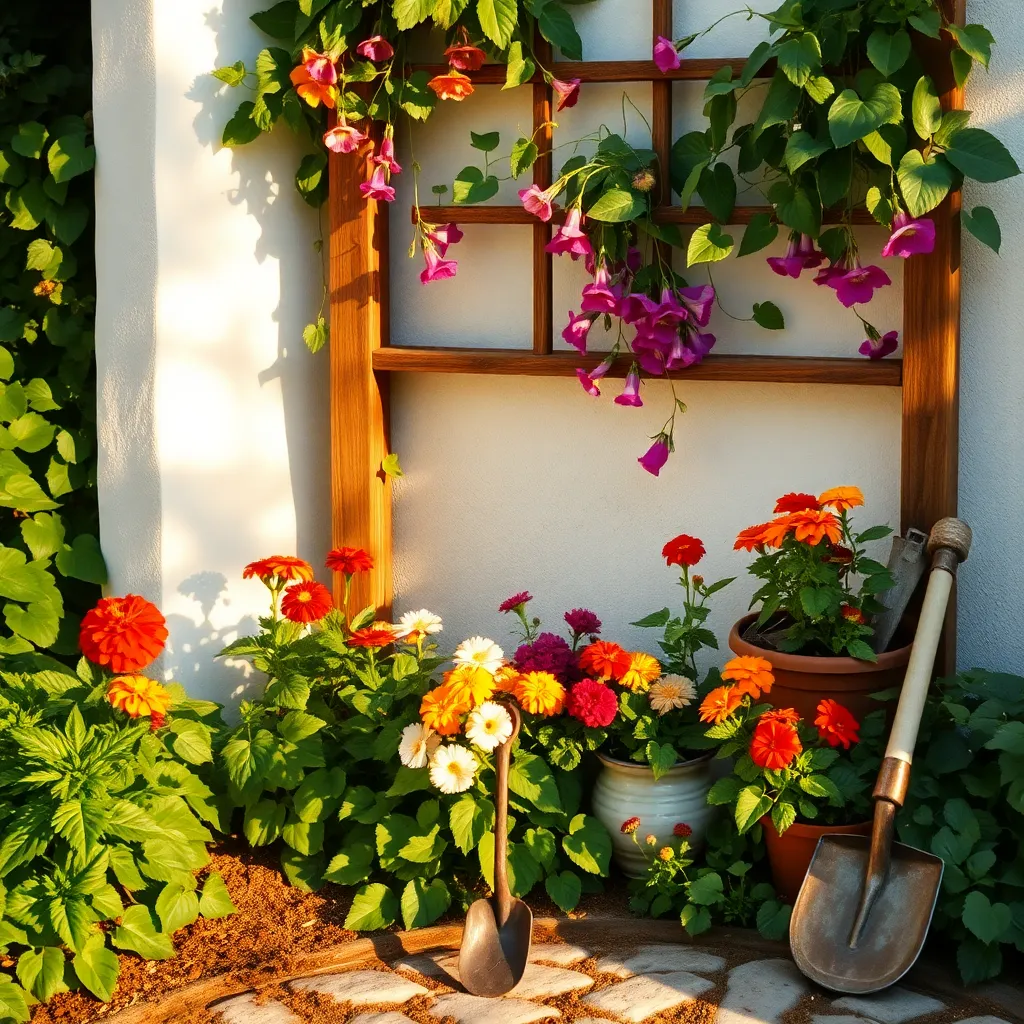
Understanding sunlight needs is crucial for thriving small garden spaces. Most flowering plants require at least six hours of direct sunlight daily, but some can thrive in partial shade, making them perfect for small areas with limited light.
Assess your garden’s light conditions throughout the day to determine the sunniest spots. If your space is predominantly shady, consider plants like impatiens or begonias, which can flourish with as little as three hours of sunlight.
For gardening enthusiasts with balconies or patios, use reflective surfaces like mirrors or light-colored walls to enhance natural light. This technique can help sun-loving flowers such as geraniums and petunias bloom vibrantly even in less-than-ideal conditions.
Experimenting with container gardening allows for flexibility in adjusting plants to their ideal sunlight requirements. Use lightweight pots to easily move your flowers around, ensuring they get the right amount of sun or shade as the seasons change.
Effortless Watering Tips for Flowers
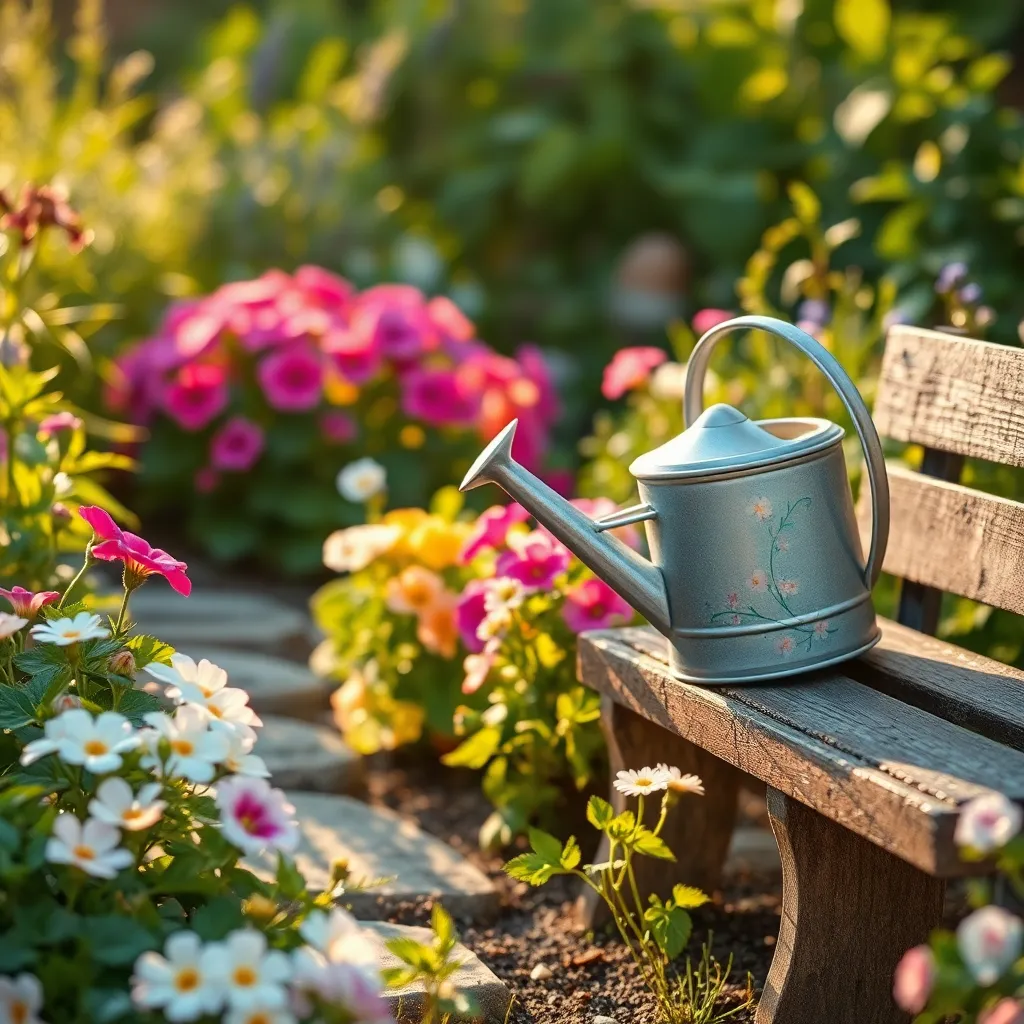
Watering flowers in small gardens can be made simple with a few strategic techniques. Consider using a drip irrigation system to deliver water directly to the roots, minimizing evaporation and reducing water wastage.
For those without an irrigation system, watering early in the morning is ideal. This allows the water to soak into the soil before the day’s heat increases evaporation, ensuring your flowers stay hydrated longer.
Incorporating mulch around your flowers can significantly reduce the frequency of watering needed. Mulch acts as an insulator, retaining moisture in the soil and keeping roots cool and moist.
Understanding your soil type is crucial for effective watering. Loamy soil retains moisture well, requiring less frequent watering, while sandy soil may need more regular attention due to its fast drainage.
For a more hands-on approach, use a moisture meter to check soil moisture levels before watering. This tool will help prevent overwatering by indicating whether your flowers actually need more water.
Seasonal Care for Year-Round Beauty
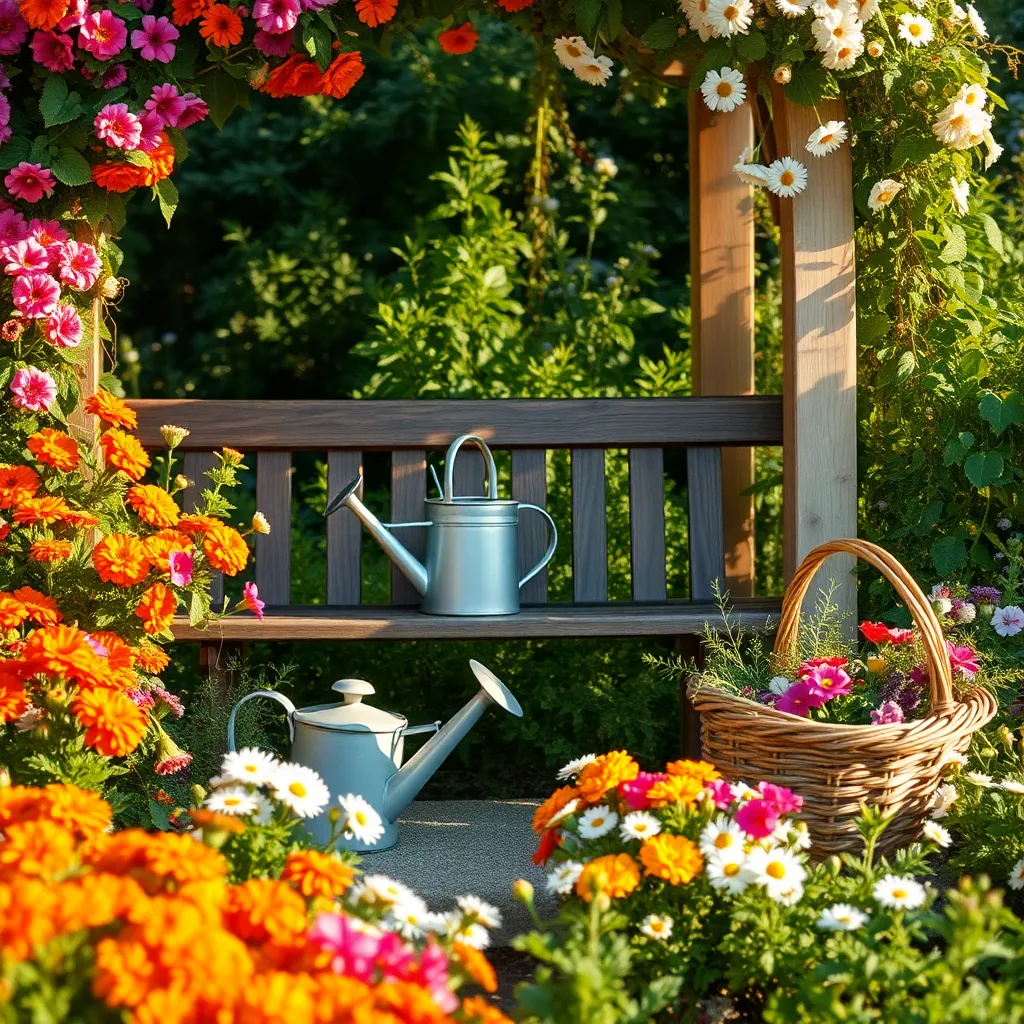
To maintain year-round beauty in your small garden, it’s essential to adapt your care routine with the changing seasons. In spring, focus on preparing your soil by adding a layer of compost to enhance fertility and drainage.
Summer heat can be challenging, so water your plants deeply in the early morning to minimize evaporation. Consider mulching around plants like marigolds and zinnias to retain moisture and suppress weeds.
As autumn approaches, deadhead spent blooms to encourage continued flowering and tidy up your garden. For flowering perennials like coneflowers, cut them back to promote healthy growth in the next season.
Winter is the perfect time to protect your garden from harsh weather. Apply a thick layer of mulch to insulate the roots of hardy plants, and consider using burlap or frost cloth to shield delicate flowers from frost damage.
Conclusion: Growing Success with These Plants
In cultivating both gardens and relationships, simplicity and care can yield beautiful results. This article explored five key concepts to enhance your relationship journey: the importance of nurturing small, manageable acts of kindness, the power of consistent communication to enrich connection, the significance of adaptability in overcoming challenges, the beauty of patience as relationships blossom, and the role of appreciation in deepening bonds.
As a next step, choose one small act of kindness you can implement today to brighten your partner’s day—perhaps a thoughtful note or a simple gesture of love. This small seed of effort can grow into a flourishing relationship.
Remember, relationships, much like gardens, thrive with ongoing attention and care. Bookmark this article to return to these insights, ensuring you have a handy guide to support your relationship’s growth.
Looking ahead, by embracing these principles, you’re not just enhancing your relationship today but paving the way for enduring happiness and connection. Feel empowered to nurture your relationship garden, knowing that with time and care, it will bloom in ways you’ve always dreamed.

